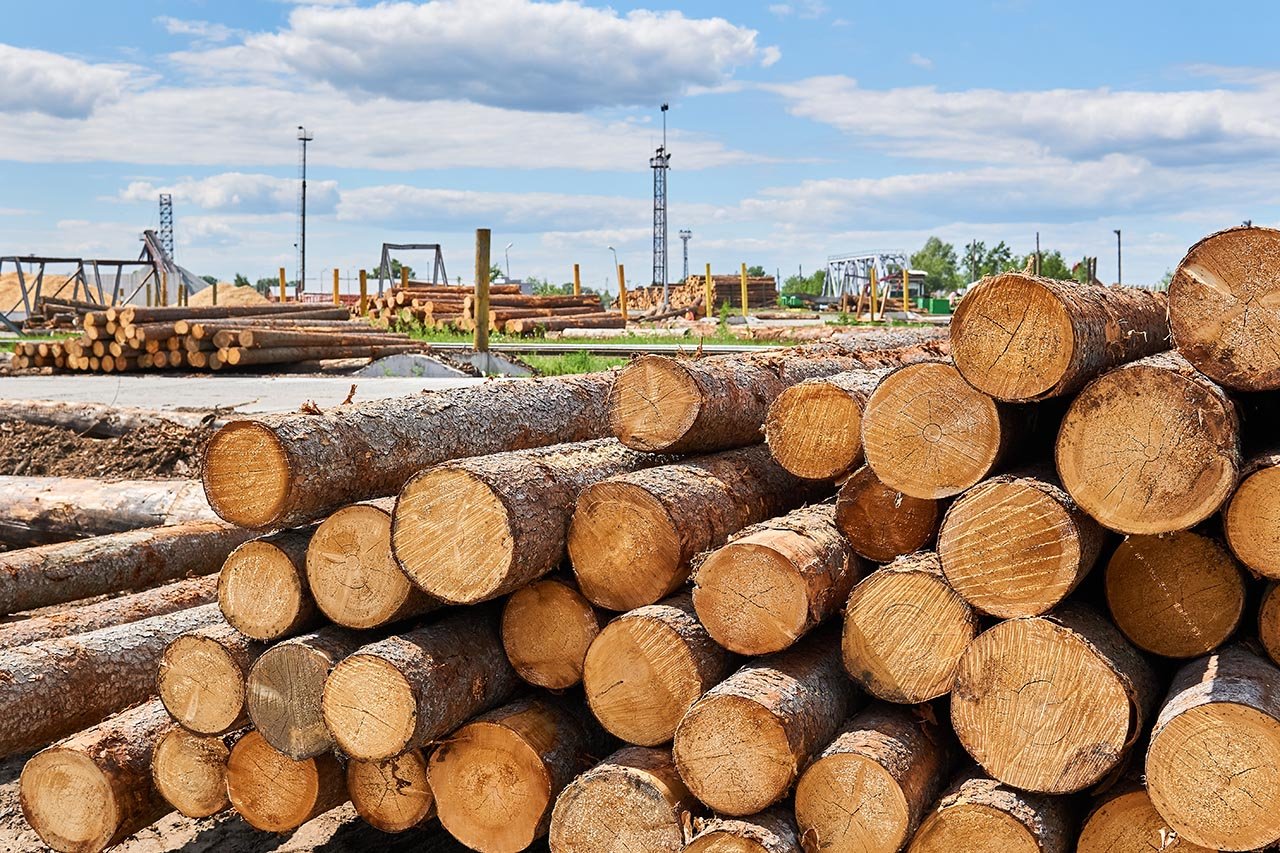 The forest industry includes a diverse group of companies, each with its own unique perspective on the production chain. Using the modern possibilities of production management plays an important role in improving business fluidity and profitability.
The forest industry includes a diverse group of companies, each with its own unique perspective on the production chain. Using the modern possibilities of production management plays an important role in improving business fluidity and profitability.
Regardless of the size of the organization, the number and locations of its production facilities, and the part of the value chain that the company represents, all companies operating in the forest industry have mainly the same top-level objectives. Everyone wants smooth and real-time information flow, predictability, efficient monitoring and reporting, visual and easy-to-use information system solutions, and optimization of production at all stages.
What do the features aimed at agile production control mean in the developing forest industry right now?
Integrability
As forest industry companies do not operate in a vacuum, and as a successful core business requires effective support services and an ecosystem of trusted partners, the integration of the information system solution has become increasingly important.
Information needs to flow within the organization, but also between different actors in an orderly way.
For most forest industry companies, key production management system integrations include ERP, financial management software, and data management BI reporting software. There may also be company- and industry-specific needs to integrate, for example, various line and equipment-level monitoring systems or, for example, client or supplier systems.
→ Read more: When is MES needed alongside ERP?
Effective integrations and real-time information flow ensures that everyone involved in the forest industry business is best equipped to do their job. Especially in large organizations, seamless integrations often mean that the end-user doesn’t know – and in fact doesn’t need to know – which systems have brought the data to their screen.
Predictability
Every company, in the forest industry and beyond, wants greater predictability, as it helps achieve two important goals. Firstly, forecasts can be used to adjust production and thus minimize lead times, for example by manipulating the production workflow. Secondly, the forecasts enable salespeople to optimize their sales efforts, and thus ensure the best customer service. That’s why a good production management system also serves as a valuable, concrete tool for sales planning.
In the forest industry, predictability can be improved in both coarse and fine planning. It allows, for example, efficient planning of sawing and drying batches, as well as full use of dryer capacity. This can be performed, for example, by using intake forecasts based on historical data or wood procurement, and drying times based on active drying schedules.
Use of collected production data
Closely related to the previous point – by collecting and monitoring production data – it is possible to see how accurate the forecasts are. Ideally, the information on the actuals is fed back into the system, allowing it to be used for increasingly accurate forecasts. Feedback can be used to refile quality distributions, adjust drying times, and update product parameters, for example.
The collection of production data also plays an important role in enabling genuine knowledge management. Production data can be used to compile reports for management, showing the overall production situation and data sorted by the desired variables. The aim is continuous learning and, as a result, continuous improvement in profitability.
In addition to the benefits mentioned above, traceability of forest industry products has become increasingly important. Based on comprehensive data, the production chain of the final product can be scrolled all the way back to the source, if necessary.
Visual appearance and ease of use
The importance of ease of use and a visual user interface should not be underestimated when it comes to effective production control in the forest industry. Work and data entries are carried out in companies under varied conditions, and the system must not slow down or complicate the work, but on the contrary, it must facilitate the everyday life of every user of the system. It must therefore be easy to use, independent of location, and the interfaces should be consistent across the company’s different sites.
Optimization
In a good production management solution, optimization acts as a kind of umbrella concept that encompasses the continuous development of a forest industry company’s entire operations. By optimizing operations step by step, it is possible to reduce waste, improve energy efficiency, shorten lead times, and refine resource use, among other things. All these benefits, together and separately, create real business value, not only benefiting the company, but also its clients, partners, and ultimately the forest industry’s most important partner – the environment.
Good production management carries from the forest to the destination
The guiding principle behind the Pinja MES is that it facilitates the management of the production process by gathering the information needed for production in one place. Having the right information available at the right time for the people who need it most allows systematic and planned management of the business. Changes in plans, raw materials and resources are also updated in real time to all those who need to know, both in production and in support functions.
Streamlined production management effectively supports forest industry companies on their journey towards their goal: better customer service, growth-driven profitability and ever stronger sustainability and resource efficiency.
Read more:
Pinja MES - A scalable and modular production management system
Blog: Benefits of MES system in manufacturing industry
Guide: Procuring mes manufacturing execution system

Janne Mustonen
Janne Mustonen is Development Director at Pinja’s Operational Excellence business area, and is responsible for product development, among other things. He draws on his long experience in software solutions for the manufacturing industry and is particularly inspired by the vision and development of solutions for the future of the industry. In his spare time, the recent returnee from Mikkeli enjoys going to their cottage, travelling and unhurried visits to market cafés in particular.
Back to the Pinja Blog
Categories
- Pinja Career (70)
- Production development (43)
- Software development (43)
- Business Intelligence (42)
- Sustainability (31)
- Digital business (30)
- Circular economy and natural resources (27)
- Ecommerce (23)
- Supply chain management (23)
- ICT services (22)
- Maintenance development (22)
- Digital society (20)
- Industrial digitalization (20)
- ERP (18)
- Forest industry ERP (14)
- Industrial innovation (11)
- Health and welfare technology (9)
- Artificial intelligence and machine learning (7)
- Lean (4)
- eudr (1)